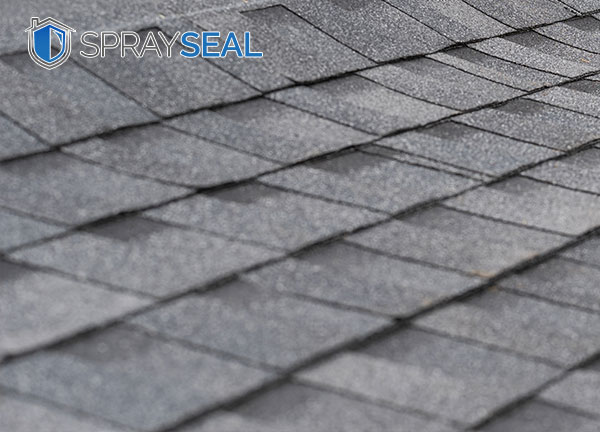Hail damage to a roof, regardless of its size, can have serious consequences on the structure of your home. Even the smallest impact of hail on your roof can cause shingle cracks, which can get worse and lead to leaks over time.
Depending on the material used for your roof and the size of the hail, damage can be incredibly easy to spot or require more attention. To determine if your roof is damaged by hail, here’s what you need to know.
Size of hail in relation to roofing material
The size of the hail and the material used for your roof play an important role in determining whether your roof will sustain damage from hail. For example, the impact of a 1 ” diameter hailstone is usually enough to damage a roof made of 3-tab organic asphalt shingles. However, it would generally take 1¼ ”diameter hail to damage a roof made of 3-tab fiberglass asphalt shingles.
But to be on the safe side, a good rule of thumb is to watch out for 1 ” diameter hailstones during your inspection.
Impacted exterior items
Before getting on the roof of your home or business, check for hail damage to objects or materials surrounding the structure. If you’ve noticed any dents or scratches on the air conditioning unit, siding, window sills, or window frames, there’s a good chance your roof is damaged as well.
From the ground, you can also spot damage caused by hail, such as dented gutters, downspouts or gutter grates. Damage to painted surfaces surrounding your home, such as peeling paint on a deck or wood surface, can be a telltale sign that hail has damaged your roof as well.
Damaged roof
After you’ve inspected the items and areas surrounding your home or business, it’s time to get on your roof and look for any hail damage. Once on your roof, look for impacted vents or dented surfaces. If your roof has a chimney cover, run chalk along the side of its surface. Afterwards, if you see dark spots or strange shapes forming where the chalk has been used, you are probably looking at the hail impact points.
Finally, take a closer look at your roof. The hail damage on this one can differ depending on the material, so here’s what you need to look out for on different roofing materials:





